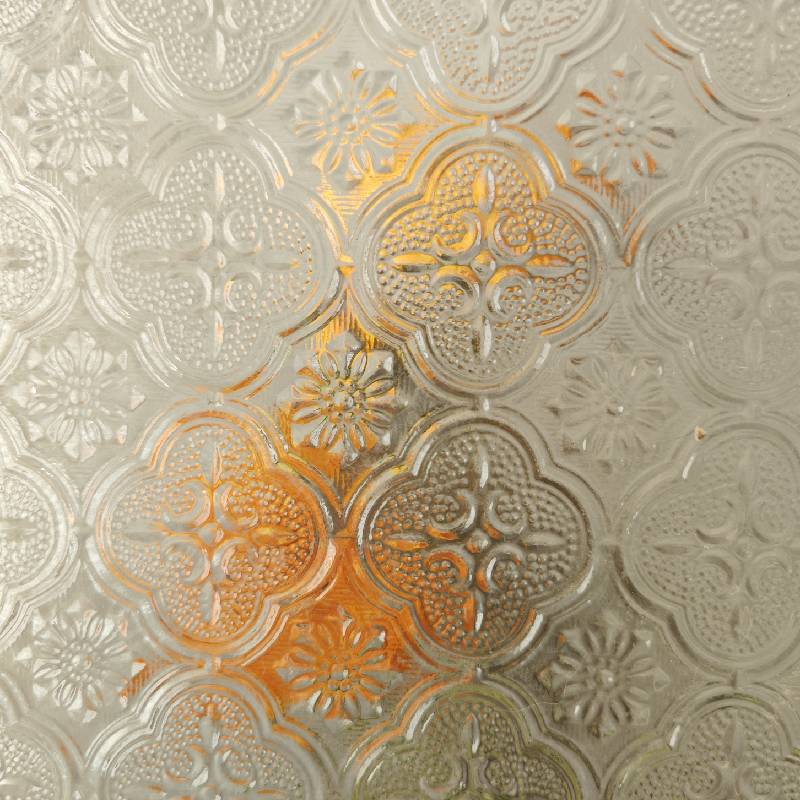Float glass is a staple in modern architecture and design, yet its significance often remains underappreciated. Developed in the 1950s by Sir Alastair Pilkington, the float glass process revolutionized the way glass is manufactured, offering uniform thickness and superior optical clarity at an affordable cost. As an expert in materials science and industrial manufacturing processes, I aim to elucidate the intricacies of float glass for better understanding and practical use.

The production of float glass involves pouring molten glass onto a bed of molten tin, where it spreads out and forms a smooth, flat surface. This method ensures that both sides of the glass are perfectly parallel and free from the distortions often seen in earlier glassmaking methods. The technological advantage provided by the float glass process has made it the predominant method for producing glass sheets, accounting for over 90% of the world's flat glass production.
A hallmark of float glass is its versatility. Available in a range of thicknesses, typically from 2mm to 25mm, it serves varied purposes across residential and commercial applications. In the context of architectural design, its robustness and clarity make it ideal for windows, facades, and even entire glass walls. The uniformity of float glass also facilitates further processing, such as tempering or laminating, which imbues it with additional strength or specific functionalities like solar control and thermal insulation.

From an engineering perspective, the consistency of float glass improves not only aesthetic attributes but also structural performance. The absence of defects and impurities that might weaken the glass structure translates into enhanced safety and longevity of the installations. This is crucial in environments subject to dynamic weather conditions or high environmental stress, where material integrity is paramount.
what is float glass
Trustworthiness and reliability of float glass are further underscored by rigorous testing and certification processes. Industry standards, such as ASTM C1036, define stringent quality benchmarks that manufacturers must adhere to. These standards ensure that float glass products meet necessary safety and performance criteria, fostering confidence among architects, builders, and end-users alike. Furthermore, the sustainability aspects of float glass production are noteworthy. Modern glass manufacturers prioritize energy efficiency and waste minimization in their processes, contributing to the overall reduction of the carbon footprint in the construction industry. Recyclability of glass also aligns with green building practices, echoing the ecological consciousness essential in contemporary project planning.
One of the most novel advancements in recent years is the integration of smart technology with float glass. Interactive and smart glass panels are revolutionizing how spaces are utilized, with features like real-time energy management and adaptive opacity that modulate internal lighting conditions and privacy settings at the flick of a switch or via automated systems. These advancements are not only enhancing convenience but also driving energy efficiency, offering a blend of cutting-edge technology with traditional glass benefits.
For professionals exploring float glass options, it’s imperative to engage with reputable suppliers and manufacturers. Choosing companies with a proven track record in quality assurance and technical support ensures that the benefits of float glass are fully realized in any project. Moreover, leveraging industry-specific software tools can aid designers and engineers in simulating performance outcomes, allowing for the optimization of glass specifications in alignment with project requirements.
In summary, float glass continues to be a fundamental material in construction and design, offering unmatched clarity, adaptability, and resilience. Its role in sustainable building practices and smart technology integration underscores its future relevance. Those working with or specifying float glass should remain informed about industry standards and advancements to maximize both ecological and economic benefits in their applications.



